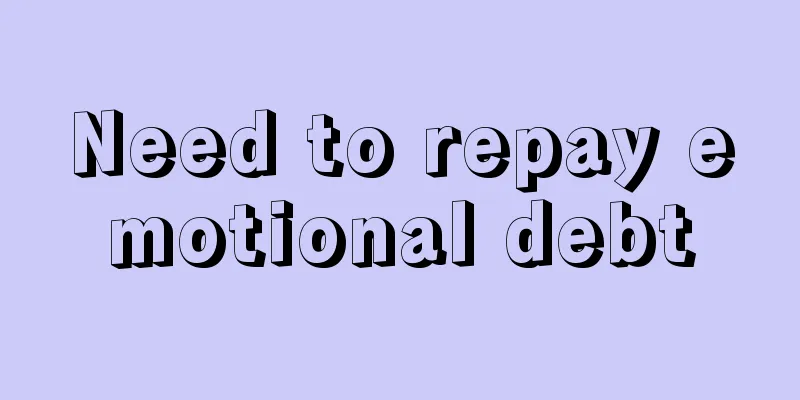Former Federal Reserve Economist Gordon: Why I left the Federal Reserve and joined Uniswap

|
On January 22, former Federal Reserve economist Gordon Liao joined Uniswap Labs and wrote about his journey on Twitter. Coming from a background in centralized finance, I am most excited about innovations that have the potential to build a better, more secure, and more accessible financial system. At the Fed, I was amazed at how much of the world economy depended on so few intermediaries, e.g., 24 primary dealers handling all Treasury auctions, 8 U.S. government interbank banks providing most of the dollar-based liquidity to the world, and 1 single bank (the Bank of New York) clearing all tri-party repo. When functioning well, these established financial giants move trillions of dollars in transactions every day, but balance sheet frictions and increased asset holdings following the global financial crisis have led to frequent problems with the current financial architecture. Even in the central arteries of the financial system, financial frictions are high. A classic example is the periodic and sporadic spikes in funding rates, the largest of which in September 2019 led to the early end of the Fed’s last round of balance sheet reduction. Financial frictions are not just a matter of market access; they are so important that economists have created an entire subfield, intermediate asset pricing, to study the frictions of intermediating finance. How will web3/DeFi improve the intermediary problem of traditional finance? In short, by making finance disintermediate, composable, and more transparent. If there is demand, I can write some content about these ideas separately below: First, DeFi is transparent. Anyone can audit not only the smart contract code, but also the entire transaction history. This level of transparency promotes innovation and reduces risks in the long run. Second, web3 reduces concentrations of economic power and single points of failure. As a former FICC trader, I am still shocked that the largest interest rate markets are often at the mercy of a small number of traders. Third, web3 breaks down different boundaries, reduces fragmentation, and realizes a truly efficient global financial system. Fourth, the transparency of blockchain transactions can ultimately reduce the risk of money laundering and facilitate the secure flow and transaction of value around the world. Building a safer, more inclusive, and more efficient financial system requires the joint efforts of technologists, economists, and policymakers. |
<<: Celebrities flock to NFT. Who is the real gold digger?
Recommend
The wisdom line is very long or very short. How to see if the wisdom line is forked into two?
How to read the wisdom line? Detailed explanation...
Genesis Digital Assets purchases 20,000 Bitcoin mining machines
United States Bitcoin (BTC) mining firm Genesis D...
Men's forehead facial features and detailed analysis of men's forehead facial features
Man with high forehead If a man has a high forehe...
Walking posture and personality
People have different moods and temperaments, so ...
Revealing the secret of where moles are best to grow in face reading
In fact, we all know that from the perspective of...
How does Bitcoin halving affect subsequent investments?
More and more institutional investors are attract...
What does the oval face look like in physiognomy?
The oval face is a face shape that people prefer ...
Don’t look at the face! You can see through him through his phone
Judging people by their faces every day, isn'...
How to judge a man's career achievements by his career line
Men generally pay more attention to their careers...
Answering a question from a Zhihu user: What is blockchain?
As an older female in the Bitcoin circle, she was...
What does Tianji star entering the life palace represent?
The star Tianji represents learning and activity,...
How to identify the ten types of women with good looks for their husbands
Everyone wants to marry a woman who can bring goo...
What are the characteristics of a man with Sichuan tattoos?
Physiognomy is an analysis and explanation of our...
How to tell a man's character and destiny from his facial features
There is an old saying that "appearance is d...
Is it true that if a woman's marriage line sags, her husband will die in an accident?
Is it good for a woman’s marriage line to sag? Th...









